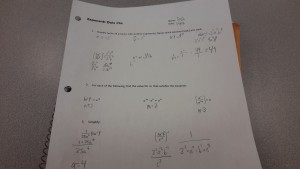Absentee Landlords- Joseph’s father didn’t pay the bills and got the land taken away from him. When he died Joseph thought he would get the land but when he got there
Famine- in my movie the famine will be a reason to leave ireland. In far and away he leaves because he is angry with the house being burned down, and doesn’t want to keep being the low class.
Evictions- When the landlord came and told Joseph the land was 3 weeks late payment, the landlord burned down his house and kicked him off the land.
Womens roles- In the movie when Joseph was cleaning cothes, Shannon didn’t know how to do it. In America women are supposed to know how to wash the man’s clothes.
Coffin ships- When Joseph and Shannon wanted to go to America they had to go on a coffin ship. In the movie it didn’t potty it as well as it should have, since the conditions were much worse than what was in the movie. In my movie, the character might get sick on the ship since it was such horrible conditions.
Religious divide- in ireland, Joseph was a Catholic which was the lower class religion. If you were Protestant you were an upper class, like Shannon and her family. Also both groups hated each other because the upper class thought they were better than the upper class, and the lower class thought it was unfair that the upper class had so much more power.
British attitude towards Irish- When Joseph gets thrown out of the place he is staying in boston, he wants to get food and offers the man work for food. The man tells him he won’t hire Irish and he has a very mea attitude towards joseph.
Protestant vs. Catholics- These 2 groups didn’t like each other due to the upper class being protestant, and the lower class being catholic. Thesee classes hated each other because of the class system and the lower class being treated poorly by the upper class, and the upper class thought they had a right to treat the lower class like crap.
Class- in the movie when Joseph goes to kill the land lord you see how much of a difference there is between high class and low class. The high class thinks of the low class as dirty. When Joseph gets caught he sees how much of a difference there s between the classes. The high class gets everything they want and can treat the low class terribly.






















